 Then the rules become more and more educational and behavioral : pecking order,
submission rituals, mating protocol.
Then the rules become more and more educational and behavioral : pecking order,
submission rituals, mating protocol.As early as the animal domain, individual beings become more and more complex, and that goes along with the complexity of social relations. The law of the strongest, absolute in the mineral domain, develops more mand more exceptions in favor of more sophisticated devices.
Global existence of a population demands some protection of the newborn against dominant adults. For fisthes, thr abundance of eggs tolerates that part of them are eaten by adults. In more advanced species, the mother plays this role against selfish males.
 Then the rules become more and more educational and behavioral : pecking order,
submission rituals, mating protocol.
Then the rules become more and more educational and behavioral : pecking order,
submission rituals, mating protocol.
Some animal species make use or external devices : urine marks the predators territories.
Mankind was borne with tools, for hunting and fighting (silicon), feeding (fire), and particularly social organization : tattoos, makeup, housing, power symbols (scepter, throne). This is vividly expressed in the Bible : "They sewed fig leaves together, and made themselves aprons" (Gn 3,7).
Writing opens a new era. Text allows to materialize the law. At first with comparatively short texts (stele of Hammurabi, the Ten Commandments) and, to follow on Jewish religious law, the five books in the Torah and the voluminous Talmud). 141 AD Hong-Wou publishes a Chinese law code inspired by the T'angs.
Written Law, mixing Kings and Gods commandments. Not that it went without contestation. "The letter killeth, but the spirit giveth life" (Saint Paul, Corinthians 3:6). It went forth with the formalization of justice administration.
You could count this evolution in number of characters, or why not, in bits. In a country like France, law uses certainly some gigabits of text (to be checked)
As soon as writing becomes sufficiently distibuted, the judges work brinds jurisprudentla bases, written customes then a Law properly speaking, more and more sophisticated and cofified.
The term "code" itself, emblematic of computer science, is linked to the emergence of a major Law corpus, the Codex Justinianus, in the early 6th century (for more precisions see wikepedia).
In the Middle Ages, Law makes an excessive use of writing. Criticized by Rabelais, for instance.

Today, the Law is strucured in several heavy codes. The electoral code, that every voter can see next to the ballot boxes, contains nearly 1000 pages in small font.
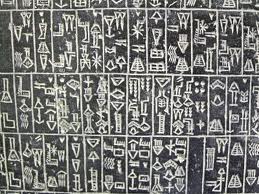
 Hammurabi code, and Moses showing the Ten Commandments.
The term "procedure" appears in the middle ages (some five centuries before its use in programming).
And the "code" (for computer professionals of today, code is nearly a synonym to program) is still older,
emerging with the systematic summarizing of laws in "codices" (bound sheets replacing rolls),
with notably the Codex Justinianus (529-534 AD).
Hammurabi code, and Moses showing the Ten Commandments.
The term "procedure" appears in the middle ages (some five centuries before its use in programming).
And the "code" (for computer professionals of today, code is nearly a synonym to program) is still older,
emerging with the systematic summarizing of laws in "codices" (bound sheets replacing rolls),
with notably the Codex Justinianus (529-534 AD).

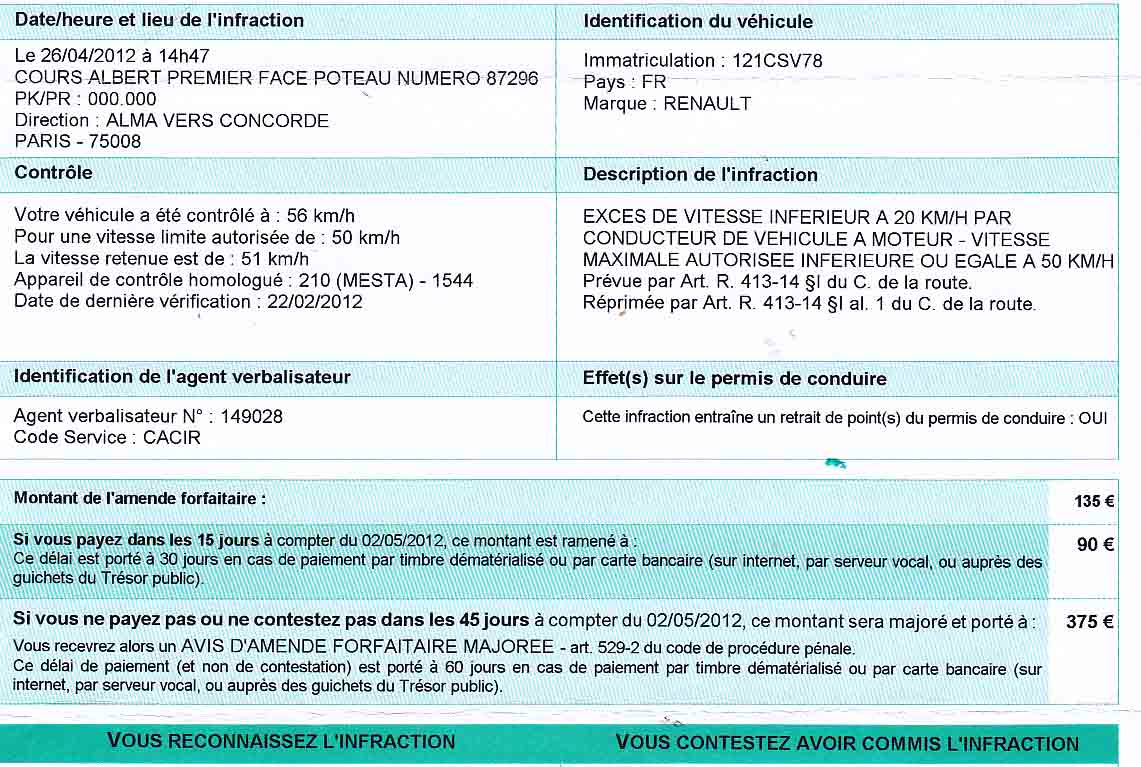 Road
radar : a kind of robot which somehow infringes the first Asimov law.
Road
radar : a kind of robot which somehow infringes the first Asimov law.
But the judicial processes are long and costly. To do better, some automated processes have taken place. For instance, the French insurance companies signed in the the IDA (1960's) and IRSA (later) conventions for the settlement of road accidents in simple and without bodily injury cases).
More baffling, the introduction in 2003 of speed sensing radars, has prove its efficiency with a strongly reduction in accident rate reduction. Here, a robot coupled with a fully automated administrative process, infringes clearly the first Asimov Law : "A robot shall not injure a human being". Injure... not bodily here, but severe nevertheless, with a fine and possible suppression of the driving license.
This process seems also in contradiction with the French law about "Informatique et Liberté;" (1978), which states : "No Justice decision implying an assessment of a persons behaviour will have for only base an automated processing of private data aiming to evaluate some aspects of his/her personality" (our translation). This difficulty has been solved by a rather artificial means : the decision is supposedly taken by an (human, of course) police officer. But this is rather theoretical, due to the high number of such decisions. As one can see above, this person can be identified by a mere number !). This automated decision may be contested, but following a rather long and costly procedure.


 Our moves and shopping are robot-controlled.
Our moves and shopping are robot-controlled.
More simply and daily life met, toll barriers or cash dispensers apply very concretely the set of laws and regulations which relate to persons and money circulation. In some cases with severe consequences for the persons barred from action in critical situations.
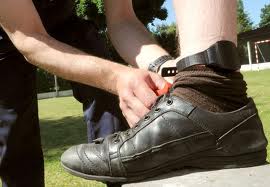
 Automated Justice should progress in the future.
Automated Justice should progress in the future.
We think (it is only a conjecture) that the automation of Justice
will be progressively extended, according to the above sketch. Indeed,
global growth of population and living standards should gear up the number of
conflict cases calling for a legal settlement. Since law itself grows in complexity and more
attention is paid to individual rights, the cost of Justice should rise even more.
Then it will be more and more advisable to use automated tools :
- to apply automated decision procedures (as seen above),
- to aid human judges decision with tools to consult the jurisprudence, possibly with penalty level tables computed
from an analysis of similar cases globally and in different regions,
- to help penalty enforcement in jails or outside jails (jail is costly to the community)
with devices such as the electronic bracelet.
This trend will be strenghtened by people asking to be judged by a "robot", so square be it, than by human judges with all their weaknesses and slow processing.
Demographic expansion, life standard upgraging and technological innovation multiply the interactions between humains, hence the potention lititation.
New conflict types arise constantly, which can be solved only by amicable agreemnets of the submission of the week so the strong.
Institutional progress allows the call to Jusice authority (separated from executive and legislative powers), with their contradictory procotos and the final decision by the intimate feeling of the juge or jury.
- Le travail de Magali Legras (vers 2005) s'inscrit dans cette perspective comme une manière, habile mais se contentant d'outils technologiques de base (tableaux Excel faisant la synthèse de la jurisprudence, en matière de pensions alimentaires, si je me souviens bien), de faire progresser le référent plus ou moins codé.
What is probable also is that litigations will more and more imply the responsibility of the automata. At present, the liabilities are channelled from technical devices to their owners, makers, sellers, drivers and users generally. That will probably become more and more difficult, as one sees for example in some aircrashes, where machines (reliability, aptitudes for the kind of flight involved, ergonomics) are implied as well as humans (pilots, maintenance strategy or Air companies), with in fact a combination of weaknesses ending in catastrophes.
And, to conclude, conflicts will also arise more and more between automata. Must we dream (fancy or nightmare) of future litigations where judge-robots will judge robot defendants against robot-plaintifs ?
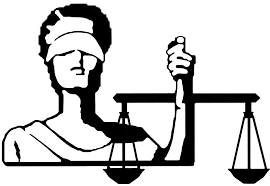 Justice is associated with some constraint
on feelings and use of machines.
Justice is associated with some constraint
on feelings and use of machines.
 LegiFrance, 1999
LegiFrance, 1999
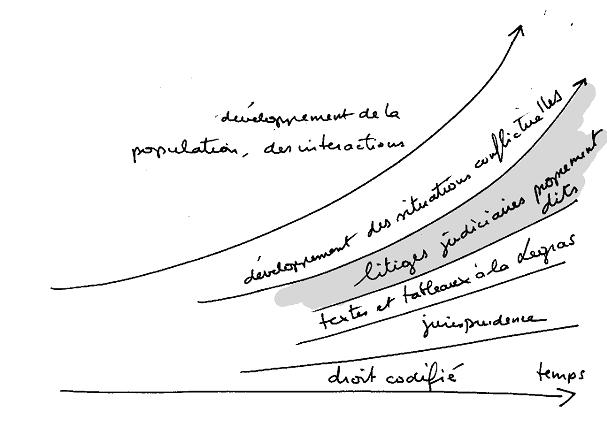 >
>
- Robotics law CACM - Tomorrow's Lawyers. An introduction to your future by Richard Sussking (Oxford University Press 2013) - Documentation juridique automatique. La réalisation du CRIDON de Lyon : SYDONI (Système de documentation notariale informatique). 1970's , by Henriette Mignot . Volume -, Numéro Hors série, le 1/1/ 1971, page(s) 42-48
- Biais judiciaie, New York Times : - Interview de Danièle Bourcier (Stic Hebdo 9/5/2005) - communication by Magali Legras, who tested for instance spreadsheet statistics on civil cases. (n'est pus en ligne)